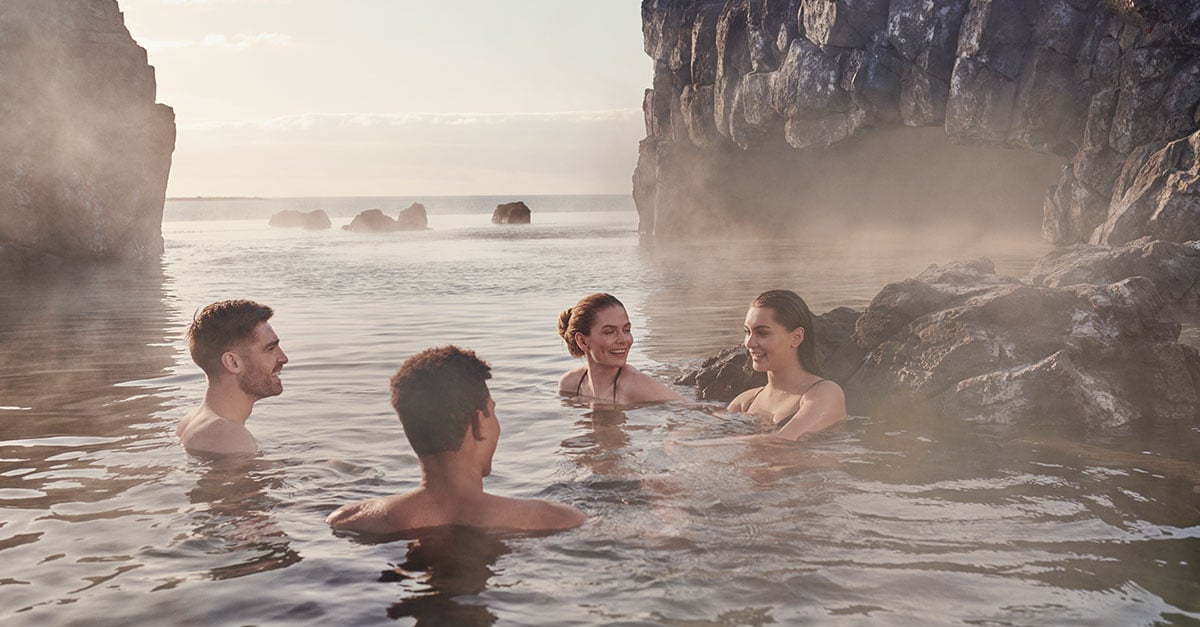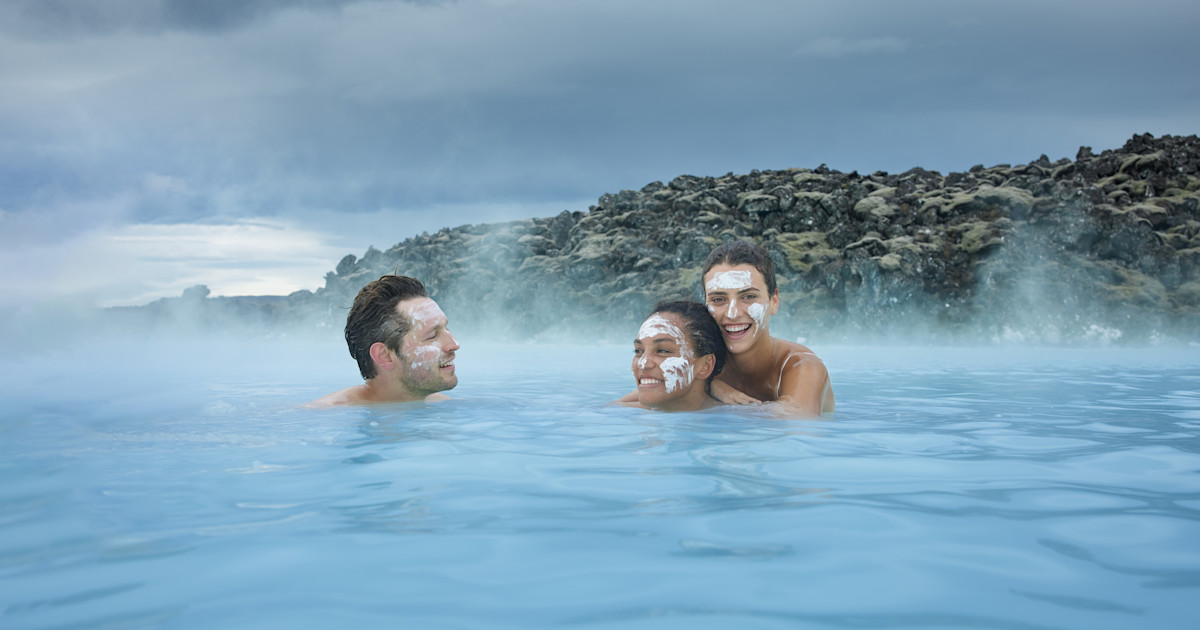I'd love to hear other professionals experience with maintaining a seawater pool with a custom 3500 ppt SWG. Issues include high macro nutrient levels (phosphate), magnesium hydroxide precipitation out the returns, high calcium hardness, high pH with low alkalinity, etc. I have just installed a Waterco Multicylone post SWG cell which needs flushing daily from mag OH. Also very difficult to maintain chlorine. Never had to add so many chems to a pool ever! Whole different ball game.
Sea water pool with SWG
- Thread starter martin Coffey
- Start date
You are using an out of date browser. It may not display this or other websites correctly.
You should upgrade or use an alternative browser.
You should upgrade or use an alternative browser.
- Jun 7, 2017
- 9,975
- Pool Size
- 29000
- Surface
- Plaster
- Chlorine
- Salt Water Generator
- SWG Type
- Jandy Aquapure 1400
What is the upper end of that generator? 3500ppt does not sound right. Where do you get a SWCG that is able to function with 35 ppt? Pools are 3ppt.
- May 23, 2015
- 25,705
- Pool Size
- 16000
- Surface
- Plaster
- Chlorine
- Salt Water Generator
- SWG Type
- Pentair Intellichlor IC-60
I think you mean 3500ppm (part per million) not 3500ppt (part per thousand). Ocean water is 35ppt. Salt would never dissolve in water to a concentration of 3500ppt as that would be roughly 10X the solubility limit at room temperature.
- Aug 20, 2020
- 7,778
- Pool Size
- 27000
- Surface
- Plaster
- Chlorine
- Salt Water Generator
- SWG Type
- CircuPool RJ-60
ppt = Parts per trillion?I think you mean 3500ppm (part per million) not 3500ppt (part per thousand). Ocean water is 35ppt. Salt would never dissolve in water to a concentration of 3500ppt as that would be roughly 10X the solubility limit at room temperature.
- Jun 7, 2017
- 9,975
- Pool Size
- 29000
- Surface
- Plaster
- Chlorine
- Salt Water Generator
- SWG Type
- Jandy Aquapure 1400
- May 23, 2015
- 25,705
- Pool Size
- 16000
- Surface
- Plaster
- Chlorine
- Salt Water Generator
- SWG Type
- Pentair Intellichlor IC-60
Ah … they are using seawater in this pool.
Very bad idea.
Seawater has all sorts of dissolved minerals in it. The precipitation is going to be horrendous. Also, seawater has a significant enough bromide concentration in it that you will be creating bromine in your pool. Bromine is very unstable towards UV and uses up any chlorine you generate by constantly converting bromide to bromine.
It’s really not a good idea to use seawater for electrolytic chlorine generation.
Very bad idea.
Seawater has all sorts of dissolved minerals in it. The precipitation is going to be horrendous. Also, seawater has a significant enough bromide concentration in it that you will be creating bromine in your pool. Bromine is very unstable towards UV and uses up any chlorine you generate by constantly converting bromide to bromine.
It’s really not a good idea to use seawater for electrolytic chlorine generation.
- Jun 7, 2017
- 9,975
- Pool Size
- 29000
- Surface
- Plaster
- Chlorine
- Salt Water Generator
- SWG Type
- Jandy Aquapure 1400
The only seawater pools I have heard of are continuous recycling from the ocean.
- May 23, 2015
- 25,705
- Pool Size
- 16000
- Surface
- Plaster
- Chlorine
- Salt Water Generator
- SWG Type
- Pentair Intellichlor IC-60
The only seawater pools I have heard of are continuous recycling from the ocean.
Yup. Cruise Ships do that. They pull in seawater, filter it and remove suspended solids, lightly chlorinate it and then send it out to distribution to the pools. The water typically over flows and is recycled for a time then put through a waste treatment process and discharged back into the ocean. Very complicated systems but they are very effective at reducing disease transmission.
- Jul 21, 2013
- 65,253
- Pool Size
- 35000
- Surface
- Plaster
- Chlorine
- Salt Water Generator
- SWG Type
- Pentair Intellichlor IC-60
A tradition in Iceland…

 www.skylagoon.com
www.skylagoon.com

 www.bluelagoon.com
www.bluelagoon.com

Sky Lagoon Iceland | Hot Springs Spa near Reykjavík
Welcome to a journey of the senses at Iceland’s edge. Experience Sky Lagoon’s Skjól ritual and connect with Icelandic beauty, culture and heritage.

Welcome To Blue Lagoon Iceland Resort & Spa
Home to one of 25 wonders of the world, Blue Lagoon Iceland is a place where the powers of geothermal seawater create transformational spa journeys. Find out more at BlueLagoon.com.
Yes, I meant 35ppt. It is an infinity pool with harbour ferry waves washing into both the balance tank and the pool at high tide, so no choice about not using seawater. I had the chlorinator custom built for 35ppt by Watermaid. Never heard of the bromine issue with seawater, but that might explain why it's hard to hold on to the hypochlorite. I was also advised to periodically use 'Waterco Perox Safe & Clear' which I am not sure how it works (somehow relates with the hyypochlorite?), but helps with "bio film". Apparently bio film is an organic growth which really eats up the chlorine and is abundant in seawater. When I took the pool care over there was a 100g/hr double cell SWG that was getting fried (tripping its cell breaker) by the high salt concentration. They were constantly running the garden hose into the pool to dilute it enough for the SWG to occationally work. Their water bill was sky high. Now that I have a 35ppt SWG that runs 24/7 (pretty large pool) I had this Magnesium Hydroxide precipitation problem out the returns. At first it would set like a layer of cement on the tiles before I figured out I needed to keep a much lower pH. Now it doesn't stick but it's phenominal how much there is, hence the multicylcone filter post cell which needs to be flushed daily. I did once witness a massive lake style salt water hotel pool which used a bank of about twenty Astral 45g/hr chlorinators so I figured it must be managable, but it is a real mission.
- Jun 24, 2021
- 16,041
- Pool Size
- 29000
- Surface
- Vinyl
- Chlorine
- Salt Water Generator
- SWG Type
- CircuPool RJ-60 Plus
"Borates can help minimize pH rise in the cell." Must try adding a good dose of boric acid. I guess it will also help drop the pH without having to constantly add HCl. There is also a supplimental Astral liquid chlorine and HCl dosing system with ORP to keep the chlorine level up and the pH down (seawater is high pH). This pool is shallow, about 100k litres, heated to 28C and has a 40g/hr SWG running 24/7. It also needs 15L of liquid chlorine per week and other chlorine suppliments weekly. I do what I can to minimize the seawater circulation (very little sucking from the infinity tank) but with ferry boat wake waves washing into the pool occationally there is only so much I can do. As far as water balance readings are concerned I just use strips. Hardness is off the charts as would be expected. Like I say, the alkalinity is quite low even though the pH is aroung 7.8. Weekly chemicals I add are: Phosphate remover, Calstop (in the balance tank), Waterco Perox (every 3-4 weeks into the pool), Stabiliser (keep a low to moderate level), Benzo algaecide (lots of dark algae constanly trying to grow in the hoirizontal tile grout), black algae treatment (90% hypochlorinte), 5 x Chlorine tablets in the balance tank (minimal circulation throught the pool), HCl & liquid chlorine in the dosing reservoirs. It's insane.
Matt, I am interested in the bromide issue. I can't seem to find any info on the internet specific to swimming pools. I know that the two sanitisers are not to be mixed (bromine for a spa and chlorine for a pool), but wans't aware of the 74 ppm of bromide in seawater. Is it your understanding that the 74 ppm bromide is substantial in the water balance/chemistry? I suppose it is a relatively high number against the 5 or so ppm of free chlorine. Also does it lead to the production of chloramines?
- May 23, 2015
- 25,705
- Pool Size
- 16000
- Surface
- Plaster
- Chlorine
- Salt Water Generator
- SWG Type
- Pentair Intellichlor IC-60
Matt, I am interested in the bromide issue. I can't seem to find any info on the internet specific to swimming pools. I know that the two sanitisers are not to be mixed (bromine for a spa and chlorine for a pool), but wans't aware of the 74 ppm of bromide in seawater. Is it your understanding that the 74 ppm bromide is substantial in the water balance/chemistry? I suppose it is a relatively high number against the 5 or so ppm of free chlorine. Also does it lead to the production of chloramines?
Seawater, one average, has nearly 65ppm (65mg per liter) of bromine as bromide ion (Br-). When you run your chlorinator, you are creating chlorine gas which dissolves rapidly into the water and forms both hypochlorous acid (HOCl) and hypochlorite ions (OCl-). The hypochlorous acid reacts with bromide by oxidizing the bromide to sanitizing bromine (HOBr) while reducing the hypochlorous acid to chloride ion (Cl-) and water. This reaction is constantly happening. So what you are doing, in effect, is running a bromine pool. The problem with bromine is that is cannot be stabilized against UV loss like chlorine is by adding cyanuric acid. So the half life of bromine in a pool is similar to unstabilized chlorine which is roughly 30-40 mins. Bromine is a sanitizer so it will work as a disinfectant but a slightly less powerful oxidizer than chlorine. There is ample bromine in the water to completely use up all the chlorine that your cell generates.
There’s not much you can do about it. And because seawater has all the other mineral issues you are seeing, your cell is going to get used up pretty quickly. The mineral scaling inside the cell will definitely do damage over time.



